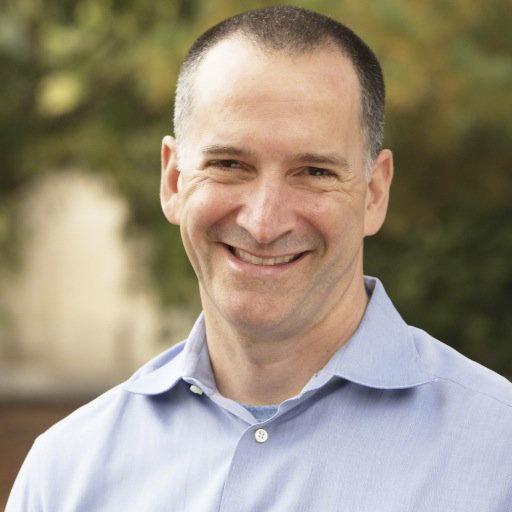
It’s a fact that Nassau and Suffolk counties have some of the poorest air quality in the state.
This negatively affects Long Island resident’s ability to breathe and it’s not going to get better any time soon…unless we all work together to change it.
To that end, I’ve come up with a solution, utilizing the roughly 30 million square feet of rooftops that encompass all 124 school districts throughout Long Island’s public-school buildings.
When a school district applies to the New York State Education Department for aid for a solar panel capital project, certain qualifications must be met, the most important being the project’s capital costs must pay for themselves through energy savings earned on or before the prerequisite 18-year time frame.
In short, savings in the electric bill must cover the bond payments so it can stand on its own as a self-sustaining project.
Let’s take a look at a test case of a public school solar energy project in Long Beach.
Long Beach Public Schools are in the process of getting approval for a $5.5 million, 1.9 megawatt solar project, with a projected annual savings of $309,000, that has a projected stand-alone payback of 17.8 years.
This project falls neatly within NYSED’s required 18-year time frame. The beauty of the Long Beach project is that it qualifies for 32.4 percent NYSED aid, which will provide the district with a positive revenue stream of over $119,488 per year for 15 years all the while paying off the bonded cost of the solar panels through the savings from their lower electric bills.
The number of homes powered by a megawatt of solar energy depends on a location’s average sunshine, electricity consumption, temperature and wind. Nationally, it’s roughly 150-165 homes per MW depending on where you live.
Using the national average, Long Beach will be using sunshine to replace the fossil-fueled power of roughly 310 homes. As a conservative estimate, this will keep approximately 1900 tons of global warming carbon dioxide gases from entering the atmosphere.
For the sake of round numbers, let’s imagine we can get 100 of Long Island’s 124 public schools to work together through a massive energy performance contract to install solar panels over the course of a few years.
That would generate almost 200 MW of power, enough to power roughly 31,000 homes and save 190,000 tons carbon dioxide from entering the atmosphere, thereby protecting the air we breathe from fossil fuel produced electricity.
Every participating school would be provided with a monitor that summarizes the green energy created and greenhouse gases saved. If the monitor is placed by the entrance to a school, all students will see firsthand how well the solar panels work in all types of weather.
Each school district gets capital project reimbursement from NYSED at different rates. Wealthy districts get 6 percent-10 percent reimbu, however,however poorer districts get ratios as high as 90 percent or more.
Using Long Beach as the model for an average school, if 100 school districts were to participate, this would mean roughly $11,950,000 per year, for 15 years, for public education Island wide. Not too shabby!
One concern of school districts is of voided roof warranties, but it hasn’t happened. Many roofing manufacturers, such as Verisco or Carlisle, offer warranty continuation certificates for solar projects.
That being said, not a single roof warranty has been breached by a public school solar project in the New York Metro area.
Another concern has been what happens if a roof needs to be replaced before an installation of solar panel’s 18-year life expectancy?
The answer is simple.
Solar companies use ballasted solar installations that can be easily taken apart, temporarily relocated and reinstalled like an erector set. The cost of removal and reconstruction of a solar array during a roof replacement is minimal, and is baked into a solar project.
Keep in mind that if all 124 school districts worked together through a request for proposal, the economies of scale would drive the price down, fueling substantial price savings.
If the project is successful and 100 public schools sign on, most of the 430,000 Long Island K-12 students would see solar panels on their schools every day, thus educating them to become good stewards of renewable energy.
This model could and would be easily replicated throughout the country.
In summary, solar panels provide clean and green energy at no additional cost, raise much needed revenue for public schools, and teach our children that solar power is an important tool to mitigate global warming. Let’s do this!






